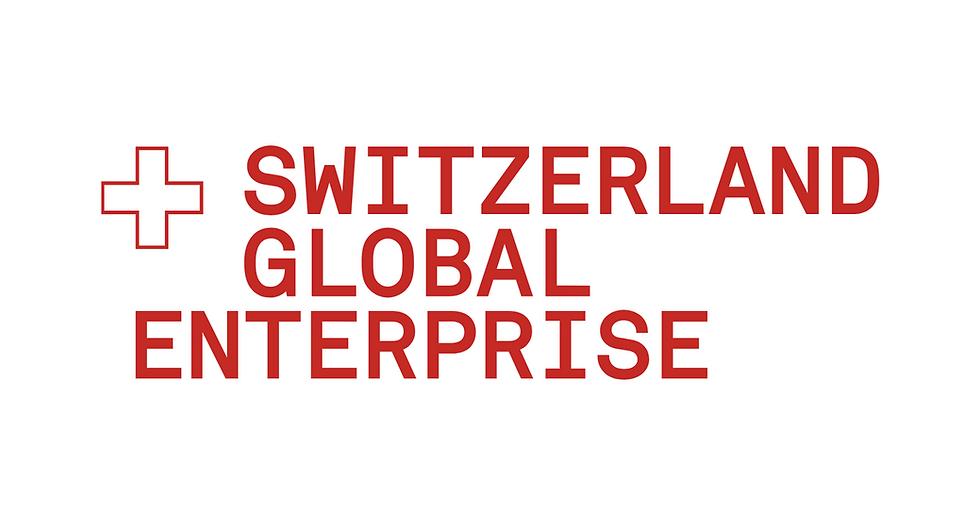How to Kill a Zombie Project
- Jürg Stuker
- Sep 5, 2023
- 4 min read
Life in general and titles of blog posts in particular should be positive. But let’s have an honest look at how bad ideas are separated from successful ideas in your portfolio. Or, in other words, let's talk about the importance of validation to reduce risk in corporate innovation.
We all agree that disruptive innovation starts with the user’s needs and benefits. But at the same time, we all love our ideas, and we don’t want to fail. Thus, starting an innovation journey with an idea I don’t want to let die may be successful. But usually, it’s the wrong approach. Because we can't know in advance what will succeed, at Kickstart we are strong believers of fact-based validation and rigid innovation processes.
Let’s take a hypothetical innovation project where financial projections look reasonable, traction seems plausible, and the timeline looks achievable. But the project doesn’t move a lot, nothing is proven, and the inventors skillfully argue again and again, how they will pivot to success. How should I manage this?
Let’s ask Dave Hengartner, Co-Founder and CEO of rready, a company that specializes in scaling corporate innovation processes.

Question
Corporate innovation needs freedom and rigid processes at the same time. How do you productively establish this?
Answer
We provide every innovator, with an idea (or a problem) in mind, a controlled space of freedom. This means the innovation leader in the company knows exactly how many ideas are currently being validated. They get visibility to find relevant experts and potential sponsors. Additionally, the innovator is given time and support in a predefined setup. Only limited support by a coach is given in this very first phase due to the high insecurity of the raw idea. The goal is to prove that this idea is feasible, desirable, viable, and has a strategic fit for the company.
During this process the innovator is supported by online tutorials, methodology, (s)he can reach out to peers, and book service from different providers. After the predefined timeframe is over, the innovator needs to present if and how (s)he wants to move onward toward a proof-of-concept or what has been learned and why (s)he doesn’t want to move onwards – a learning pitch is equally important than a pitch targeted to get funding.
Question
Is this agnostic to the sector the company works in?
Answer
Yes, in the last years, we’ve been working with companies from insurance such as CSS, to banking (LGT, VZ), to industrial companies such as ZF, CLAAS, and Hekatron, and many more industries.
Naturally, the program needs to be adjusted to the innovation strategy and setup of the company. But the gamified way of our methodology, KICKBOX, turns out to be a strength in any case leading to tangible results such as cost-savings, new products, or new services.
Question
I mentioned a hypothetical project type we call “Zombies”: Everything looks sort of okay, but success doesn’t lurk around the corner. How should a company detect and treat them?
Answer
In my past years, I observed projects backed by a solid finance base and a strong team. In the beginning, however, the rigid process of structurally validating the hypothesis is essential. Only after having validated the most critical assumptions, a bigger team should be staffed and money be spent.
This is exactly the value of the Kickstart program: The teams learn how to check on their main hypothesis in a lean and efficient way and during this process, are de-risking their idea. On our platform, we measure the ‘time-to-retire’ ideas since keeping resources on the ‘wrong’ ideas is costly.
Question
And what’s the role of the project portfolio versus a single project?
Answer
If a corporation is focusing only on 2-3 innovation projects per year, then the approach has similarities with a casino. If you pick the team wrongly or you have the wrong gut feeling about those raw ideas, it is hard to get to a success case.
That is why we have built a scalable way to test simultaneously many ideas within the company in a data-driven way. Approaching corporate innovation that way, you will get to a predictable innovation funnel and can report a project portfolio: How many projects are running with which degree of certainty and revenue/ cost-saving potential.
If you do that for several years, you can calculate how many ideas need to be sourced and validated to be confident enough to hit the desired outcome in implemented projects. In my experience, if you validate 100 raw ideas, around 15-20 make it to a pilot/ Proof-of-concept phase and only 3-5 will ultimately be implemented.
Question
If you could give one single advice. What’s the best first step to accelerate corporate innovation?
Answer
Just get started!
Too many companies spend too long on designing the perfect stage-gate process. Eventually, the process is only meant for the purpose. We learned during the years, that it does not matter too much if there are two or three gates. More importantly, have a holistic concept in place starting with creative marketing tactics to source ideas, an engaging and gamified way to let employees validate their ideas, combine a strong methodology with lean coaching, and have a platform to create visibility and measurability.

Thank you Dave Hengartner for your insights and our partnership.
PS: If you want to read about our most recent alumni of rready/Kickstart. Here you go: TrustRelay.

